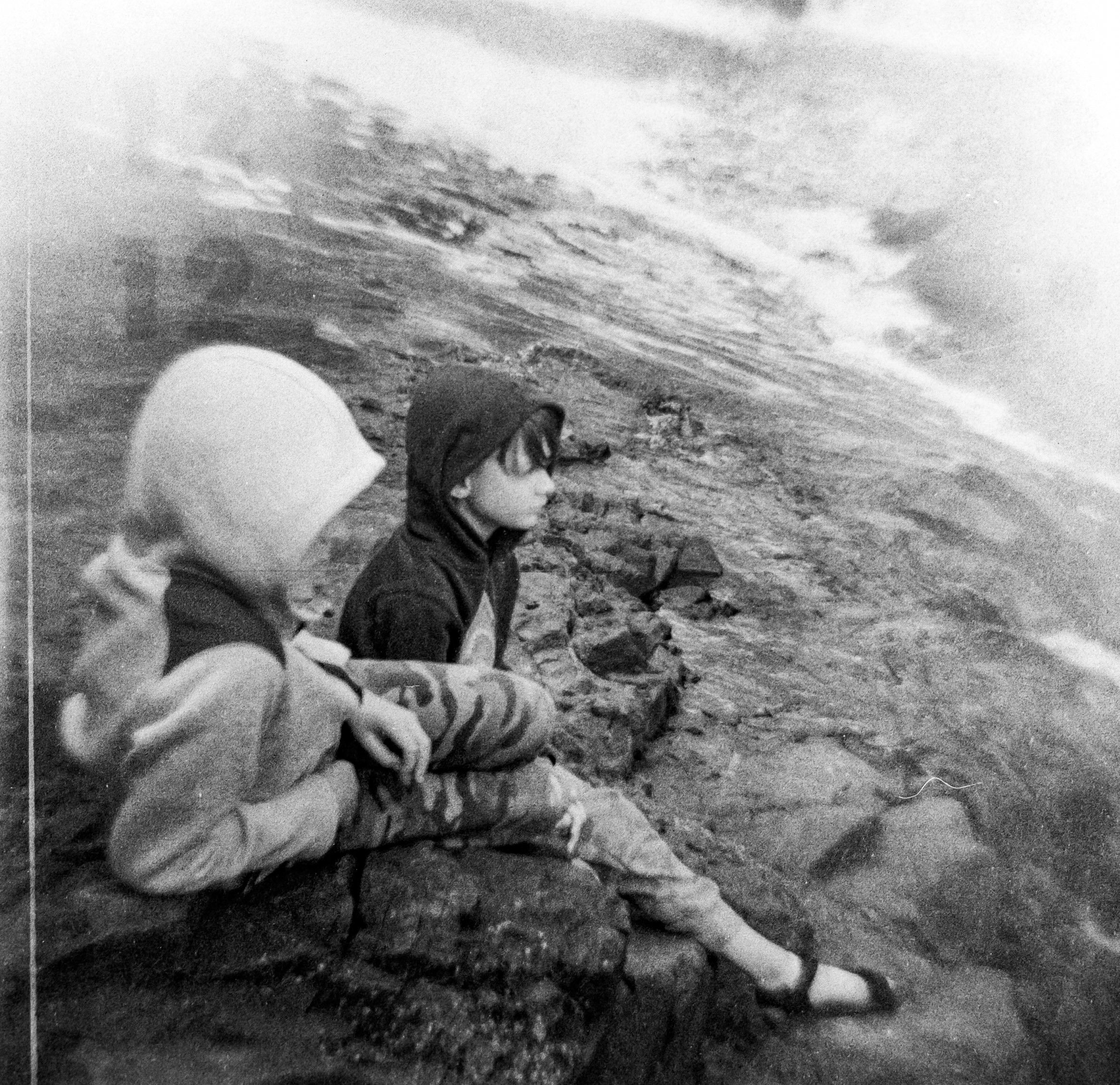Intuition
I have been hearing a lot about “intuitive photography” lately. It’s this idea that you already know inside of you something needs to be captured or how to do it, you just need to trust yourself.
I love this. I love the idea of letting go and trusting yourself. You already have the information in you, no need to overthink or overcomplicate.
I view intuitive photography in contrast to technical photography, where you get everything just so. The light, the exposure, the composition…it’s all technically and objectively correct. Intuitive photography seems to have a much more subjective beauty and because of it, there’s arguably more feelings conveyed.
I score VERY high on “intuitive” when taking the Myers-Briggs, which just means I think myself to be a very intuitive person. My therapist has confirmed I am, so let’s just proceed with the assumption that I’m relatively intuitive.
But what does it mean to be intuitive?
My math nerd brain finds intuition to be a far more data-based reaction than a reaction to an amorphous belief. We often think of intuition as some sort of idea akin to “well I just knew”, but it’s far more hard-won than that. The gut reaction that is intuition has been honed through experiences and mental data collection while navigating those experiences. The events that lead to intuition are often ones in which people end up having to read between the lines. You learn the subtleties of people and environments. You have to for survival.
Can you teach intuition?
Yes. You can. Intuition is really a case of “you don’t rise to the occasion, you resort to your training.” The lived experiences and data collection are your training.
When it comes to photography, in order to train you become a student, a scientist, an observer. It means learning all the rules and taking all the photos. It means picking your images apart and figuring out what works and what doesn’t. It means studying the light in an effort to understand how it affects subjects in every condition.
You become an “expert” of sorts. (Just don’t take that word too seriously.) You end up learning how to take a fantastic image with something as simple as a point and shoot or a camera that has minimal to no settings. You learn how to wait for ‘the moment’ to happen instead of spraying and praying. You learn to become the master of your tool and make it work for you.
As an intuitive person, the hardest part is trusting myself, because I have been taught time and again not to trust myself. I am in the process of undoing that negative training, and that’s why photography has been imperative to my healing and growth. It’s an area in which I have finally learned to trust myself.
I’ve seen the effects of trusting myself in all the experimentation and letting go, and that it leads to beauty. It’s an area in which I have gained true freedom. After years of enthusiastically learning the rules, I am now in a position in which it is merely a tool to express what’s inside of me.
This is not to say I don’t get duds. I get many crap shots. But it also means I end up with lots of “lucky” shots. But we know to use that term loosely, because more than “luck” it’s a giving-in to intuition. It’s a letting go and trusting myself. It’s the hard won work that shows up as looking easy or merely fortuitous.
I am doing the hard work to to trust my intuition in all areas of life. The intuition is there, it’s the letting go and trusting myself that is the hurdle. But for now I continue to train to trust myself in photography. The fruit of that effort keeps me moving forward in hope that trusting myself will be a beautiful endeavor.



